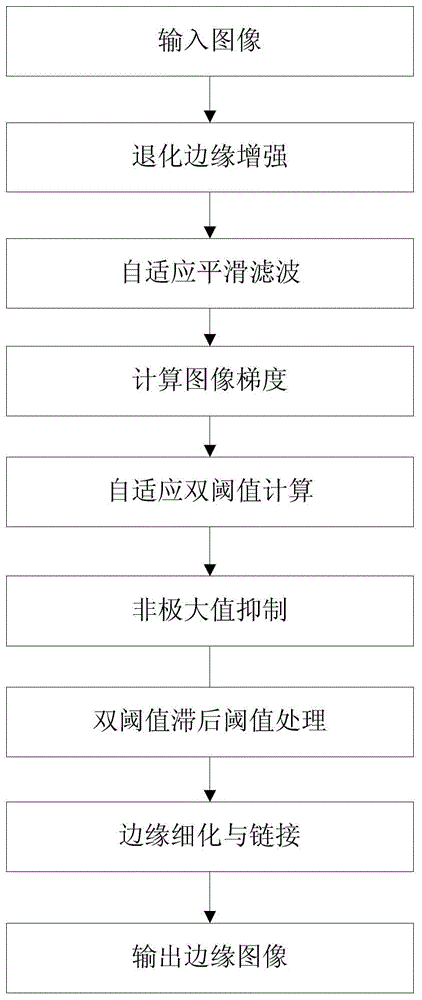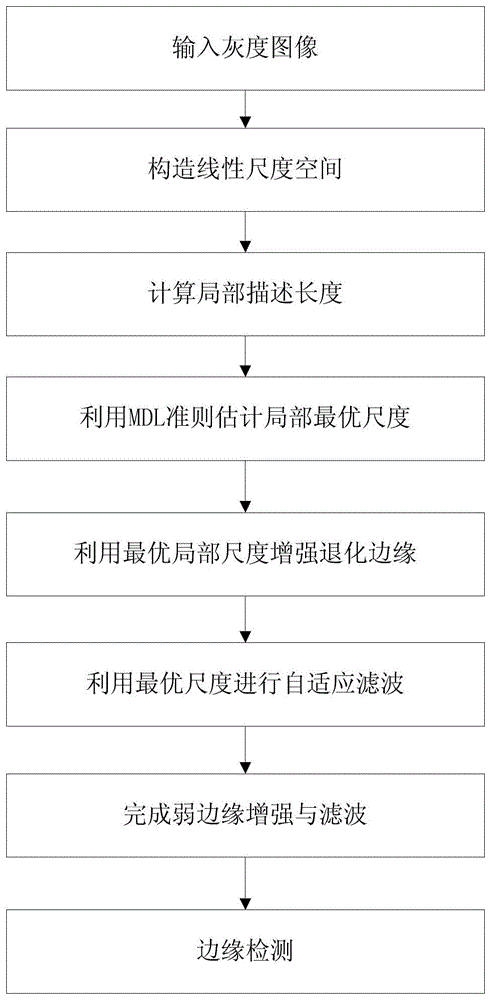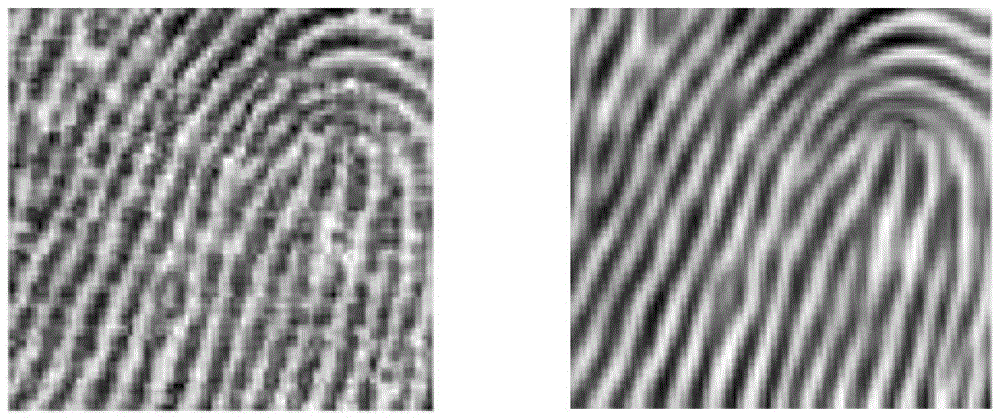A Weak Edge Detection Method for Multi-Scale Images Based on Minimum Description Length
A detection method and weak edge technology, applied in image enhancement, image analysis, image data processing, etc., can solve the problem of lack of scale selection criteria for algorithms
- Summary
- Abstract
- Description
- Claims
- Application Information
AI Technical Summary
Problems solved by technology
Method used
Image
Examples
Embodiment Construction
[0083] The present invention will be further elaborated below in conjunction with the accompanying drawings.
[0084] Such as figure 1 As shown, the traditional Canny operator includes the following four basic steps:
[0085] (1) Smoothing: suppress noise as much as possible without destroying real edges.
[0086] (2) Differentiation (Gradient): apply the differential operator to find the gradient of the smooth image, and use it as an indicator of marginality.
[0087] (3) Detection: To judge which edge pixels should be removed as noise and which ones must be kept, the threshold method is usually used as the criterion.
[0088] (4) Localization: determine the exact position of the edge (in some special occasions, localization should reach sub-pixel resolution, such as satellite maps and visual measurement).
[0089] (5) Thinning and linking: maintain the single-pixel characteristics and integrity of the edge.
[0090] In view of the high complexity of the existing algorith...
PUM
 Login to View More
Login to View More Abstract
Description
Claims
Application Information
 Login to View More
Login to View More - R&D
- Intellectual Property
- Life Sciences
- Materials
- Tech Scout
- Unparalleled Data Quality
- Higher Quality Content
- 60% Fewer Hallucinations
Browse by: Latest US Patents, China's latest patents, Technical Efficacy Thesaurus, Application Domain, Technology Topic, Popular Technical Reports.
© 2025 PatSnap. All rights reserved.Legal|Privacy policy|Modern Slavery Act Transparency Statement|Sitemap|About US| Contact US: help@patsnap.com



